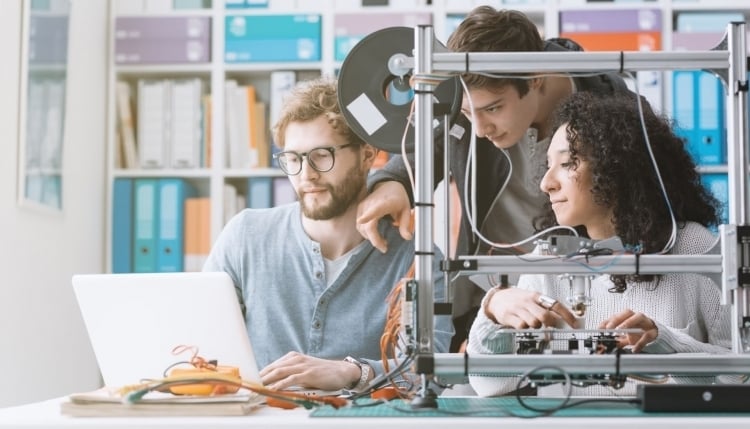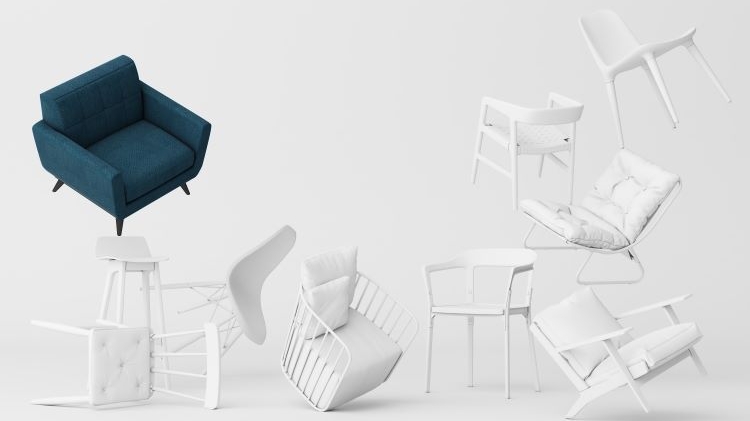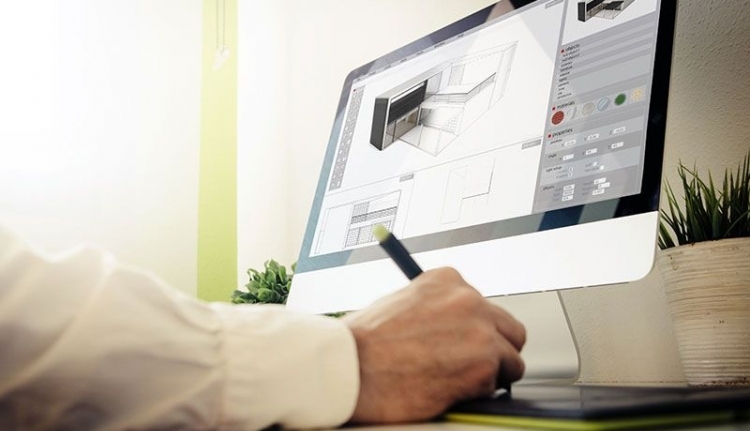3D Model For Printing
Why Manufacturers Should Use It
3D printing has been around for a decade already and spread across multiple domains, including the furniture industry. Especially, it has turned out useful for designers who strive to bring innovation into the market. Integral to the technology is 3D modeling. 3D models allow the creation of extraordinary designs that are difficult to produce with molds and prototypes. More and more furniture manufacturers turn to a 3D modeling company to keep up with the trend. Amongst many reasons why they should try a 3D model for printing, here are the 7 most pivotal ones. Take a look!
#1. Tackling Exquisite, Elaborate Furniture Designs
There are almost no limitations to a 3D model for printing in the furniture industry. 3D specialists can design any size and shape of decorative pieces to fit in ideally a home design. By integrating the printing of 3D models into the production process, manufacturers can also create artwork in any form that people would love to purchase.
The model can be further produced in plastic, steel, or wood. What’s more, it allows getting together hardwood and polyamide material to make a smooth, straight-line object for indoor and outdoor use.
By the way, nowadays famous designers willing to implement new shapes and concepts benefit from the technology significantly. It does offer a powerful toolset for manufacturing exquisite furniture that meets their sophisticated whims and wishes.
#2. Presentation-Wise Visual Before the Production
Sometimes, before the production, the idea must resonate with designers and customers’ focus groups as well as with investors. There’s nothing better than a 3D model for printing of the potential item for this purpose. It can really translate the usability, functionality, structure, and any other important detail of the future item. In simple words, any vision can be conveyed through 3D models. This way, it becomes easier to present an object and get approval for its production faster.
Herewith, a 3D model of a furniture piece also allows anticipating drawbacks and inconveniences in design and functionality. Further, it would prevent financial losses related to customer dissatisfaction, requested returns, and refunds.
#3. Successful customized solutions

The combo of the 3D model for printing and the printing itself allows incredible customization. So, whether it’s a sofa set, coffee table, bed, or chair, 3D modeling artists can create an exclusive design in 3D format and then get it printed. What’s more, manufacturers can model and print a few copies to get customers’ feedback and then decide on production after the order is received.
By the way, nowadays, smart furniture is mainstream. Usually, it’s lightweight, adjustable, durable, and super comfy. Imagine a 13-year-old teen who can lift a sofa on their own. For this, 3D modeling allows the selection of the right materials that further will be printed via 3D printing.
#4. Effective Component Designing

A lot of trendy functional furnishings such as office chairs and adjustable standing desks feature multiple smaller parts that are assembled to manufacture the final product. Usually, they have basic functional specifications. In the meantime, the distinctive features of any particular product contain structural functionality, ergonomic design, and aesthetic look. This is where a 3D model for printing particularly comes in handy.
Initial components can be modeled, printed, and then instantly tested for ergonomic design and usability. For example, to understand the needed grip feel or examine angles to make necessary optimizations.
#5. Interesting Approach for Furniture Panels

A 3D model for printing can be also used for creating interesting solutions for shelving and workspace. Thus, 3D models of panel joints when printed can be implemented to join flat plywood or adjustable panels. By making exclusive sets of custom joints, designers can create advanced pieces without outdated fasteners or adhesives.
These joints are modeled to install the panels at any needed angle, and many copies of each part can be used to construct the whole piece. This kind of design is particularly on point for open-source furniture. When the joints are broken, but still there are models, the whole furnishing can be fixed easily and quickly.
#6. Prototypes of Homes and Offices

A 3D model for printing can be effectively used for creating layouts for homes, offices, and even a lab. Ordinarily, 3D specialists sketch the layout and convert it into a 3D file with any CAD software. So, instead of presenting a virtual design, they can provide the real picture by making a prototype of the layout.
This way, clients can verify easily the arrangement and decide on concrete furniture there. 3D modeling allows creating the prototypes in any material, leveling up the whole process of home designing and related furniture making.
#7. Cost and Money Efficiency

One of the assets of 3D modeling together with 3D printing is that it allows production cost and time effectively a few iterations of an idea in a very short period. A 3D model for printing can be first accurately evaluated in terms of the features required.
For example, when it’s about furniture components, having them on hand quickly enables designers to examine the core aspects of an ergonomic design or other requirements. At the end of the day, such an approach to the production of the parts saves money and time.
Nowadays, when developing a product, making a 3D model for printing is a way to go for obvious reasons. Besides time and cost efficiency, the whole technology allows any design to be implemented, which meets specific customers’ needs and wants. It tackles untypical tasks like components production, lightweight furniture production, and even the one-off joints. Not to forget that before all this happens, 3D models for printing are capable of selling extraordinary design ideas to investors or evaluation groups.
Willing to start using 3D printing and need top-notch 3D models of your furniture pieces? Turn to our 3D modeling services, and we’ll create the most high-end ones!
Leave a Reply
Want to join the discussion?Feel free to contribute!



Such a great information. This is really very helpful for bloggers